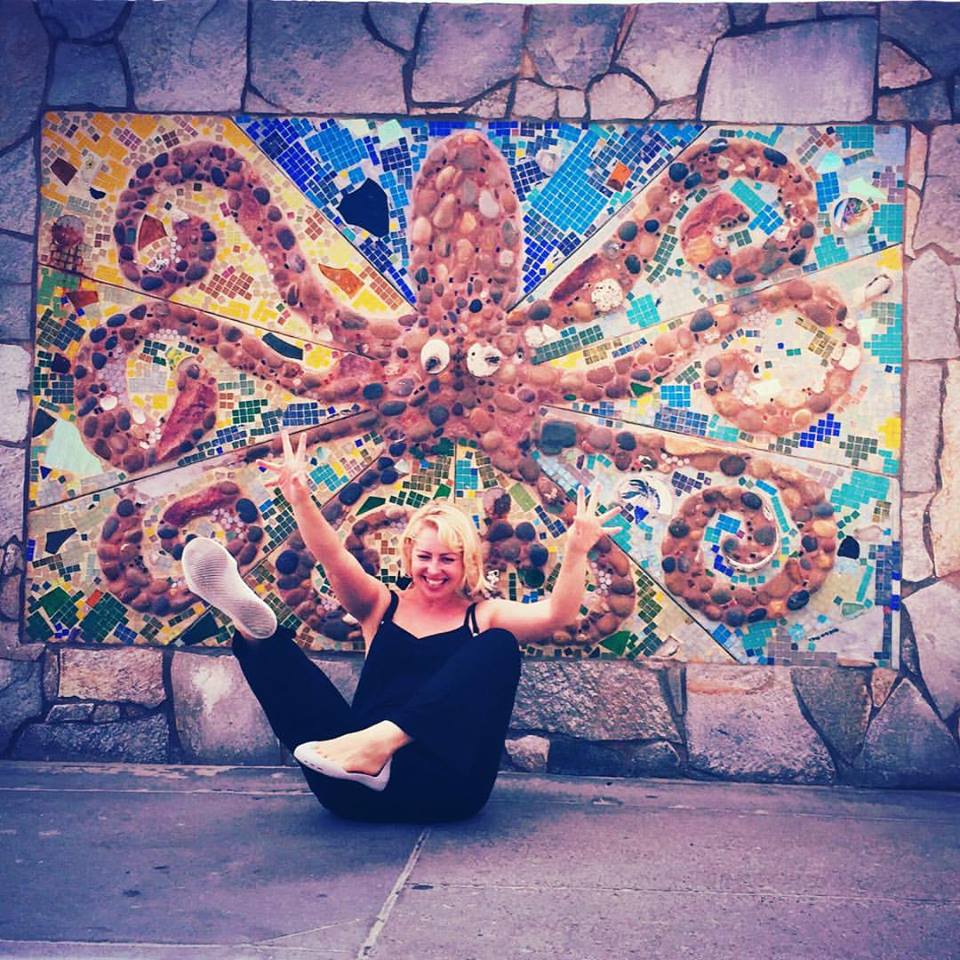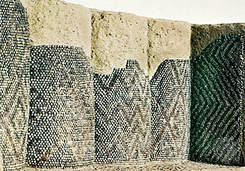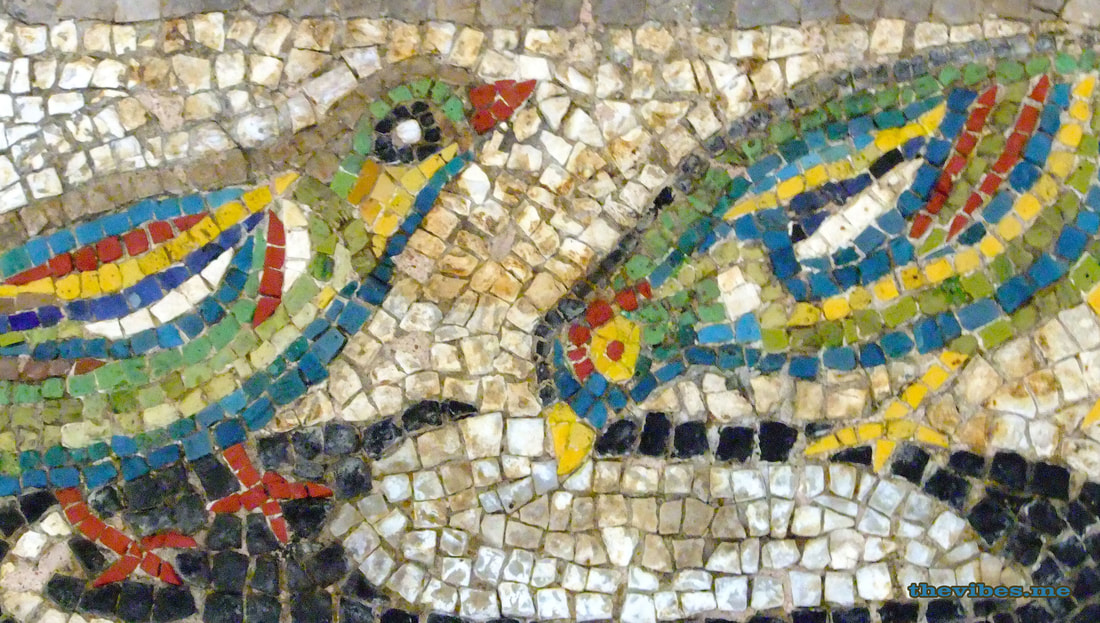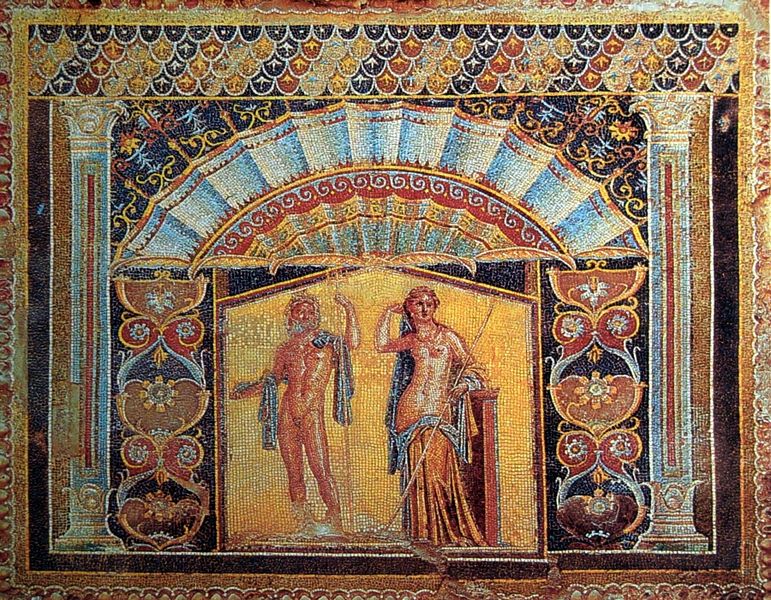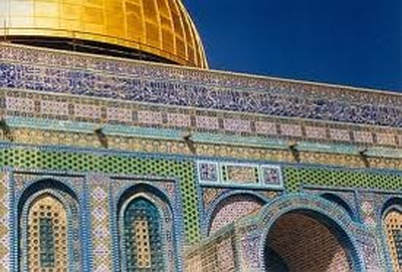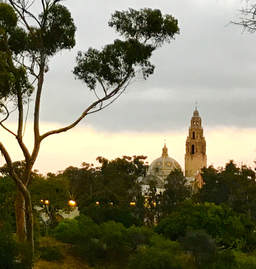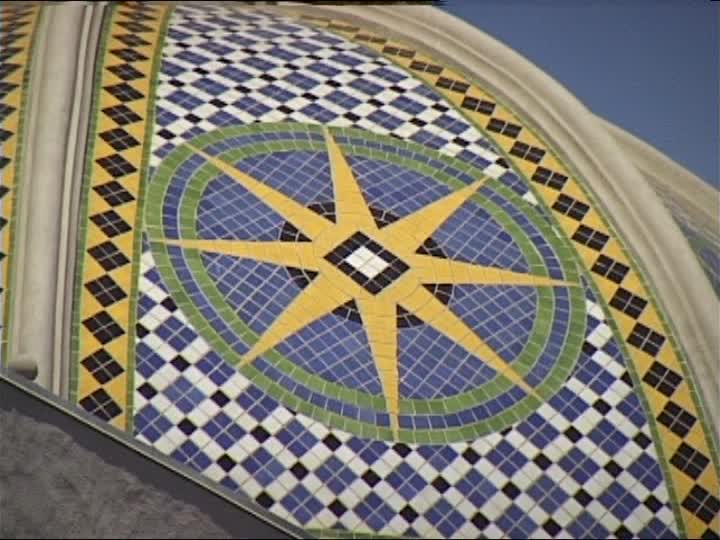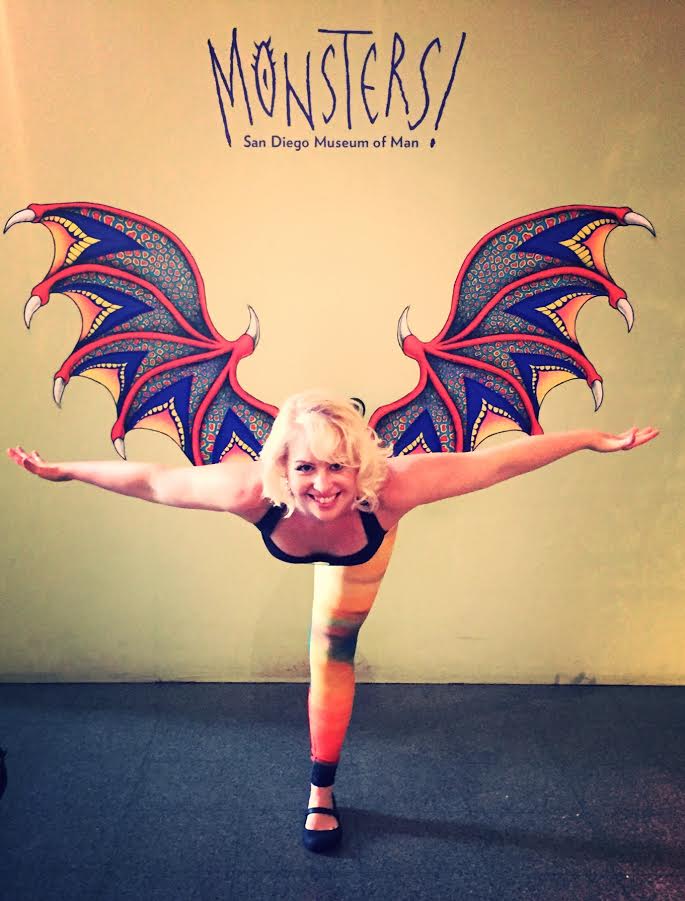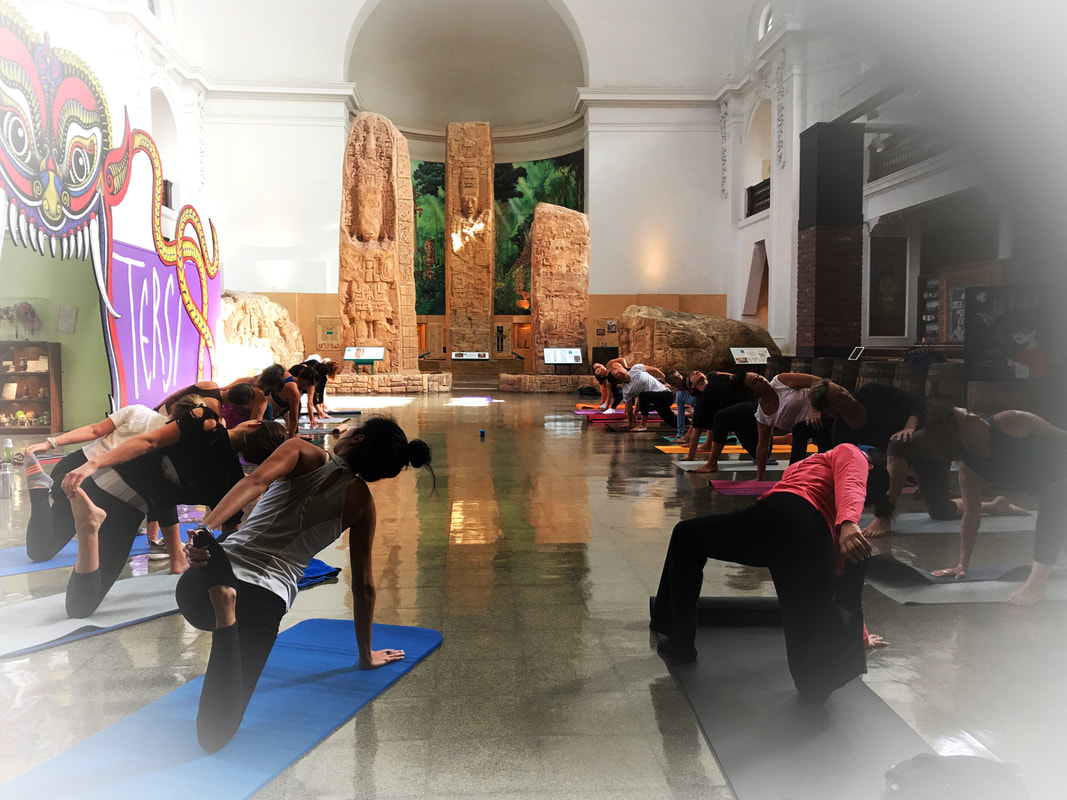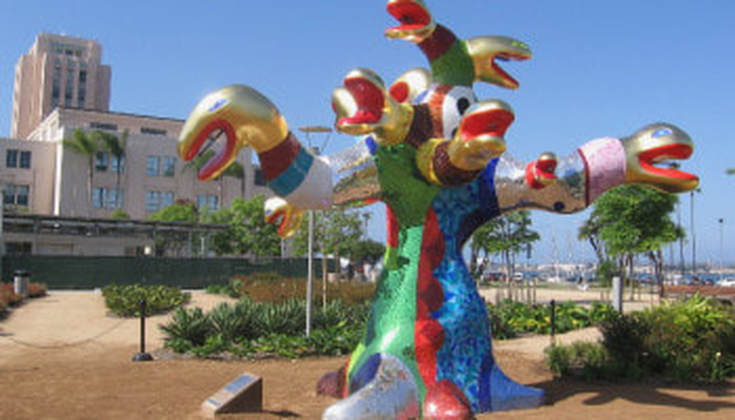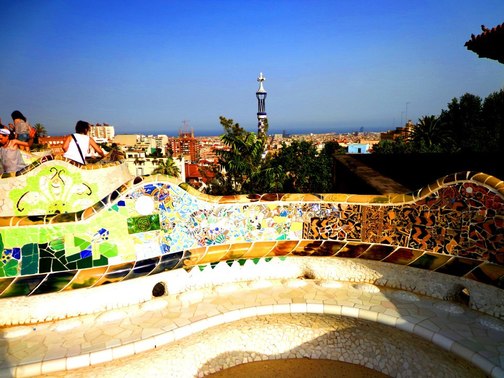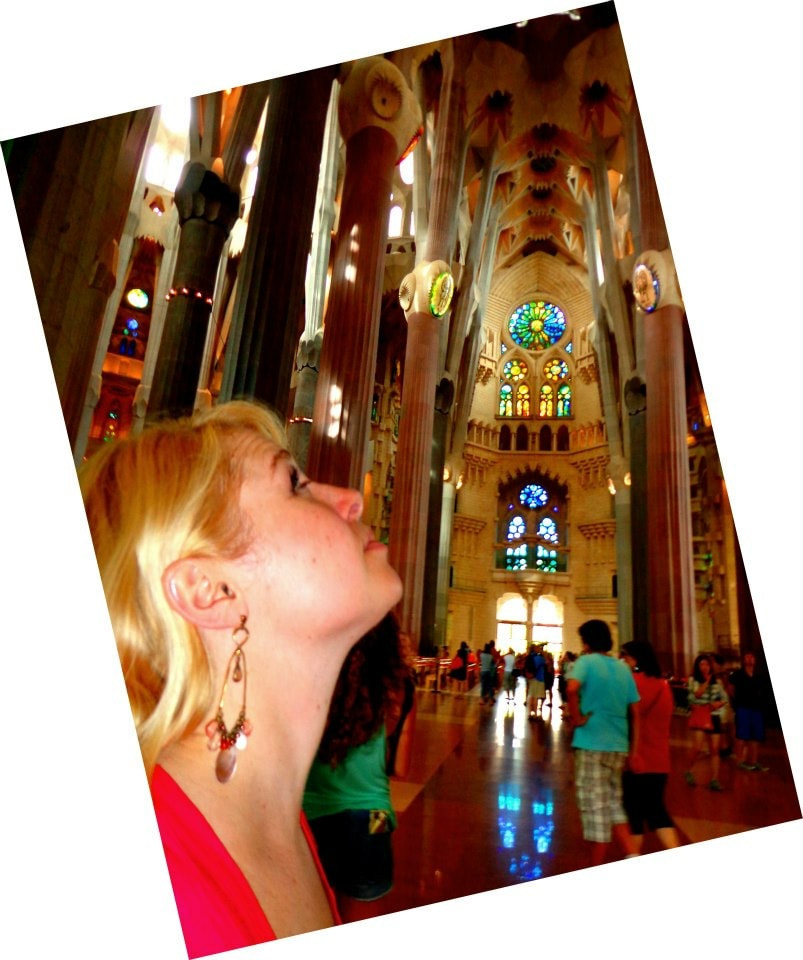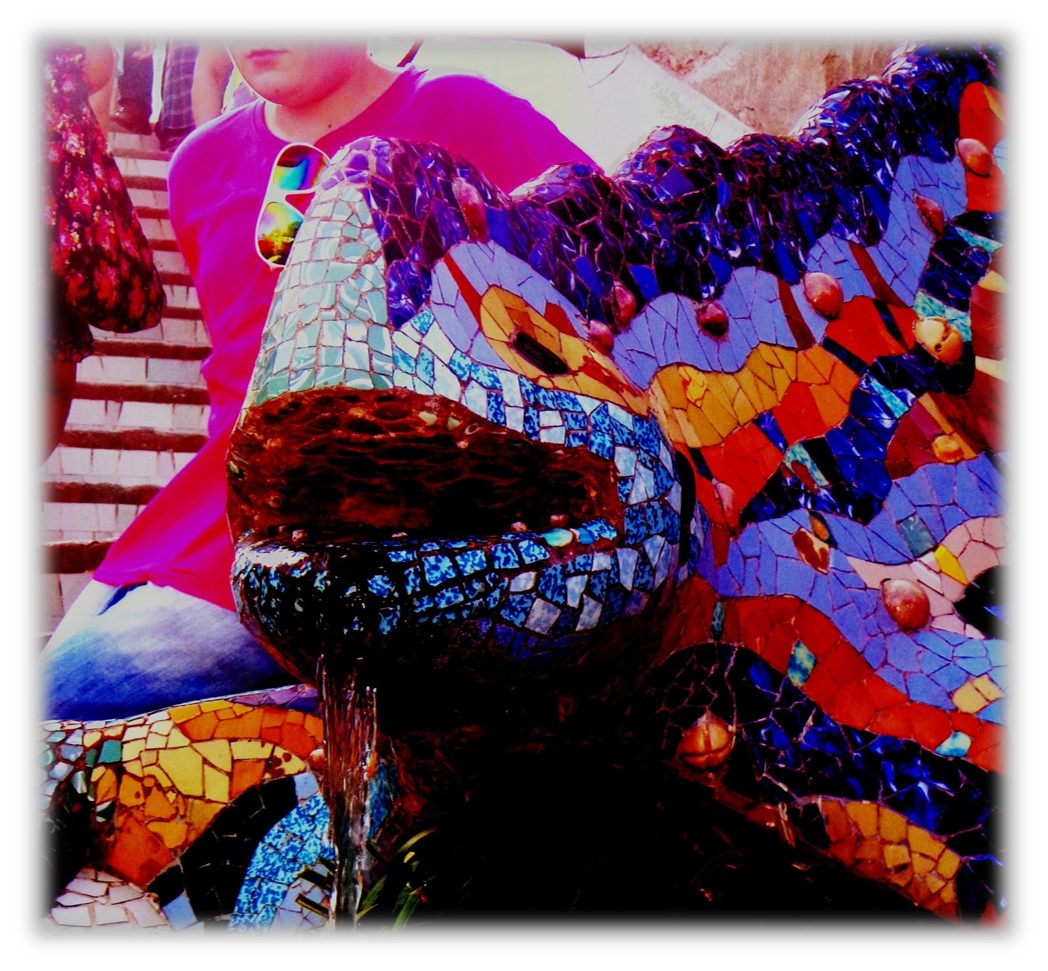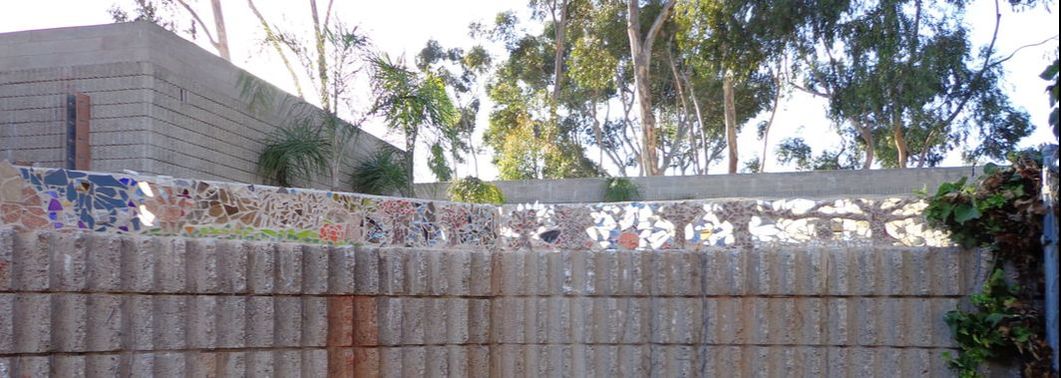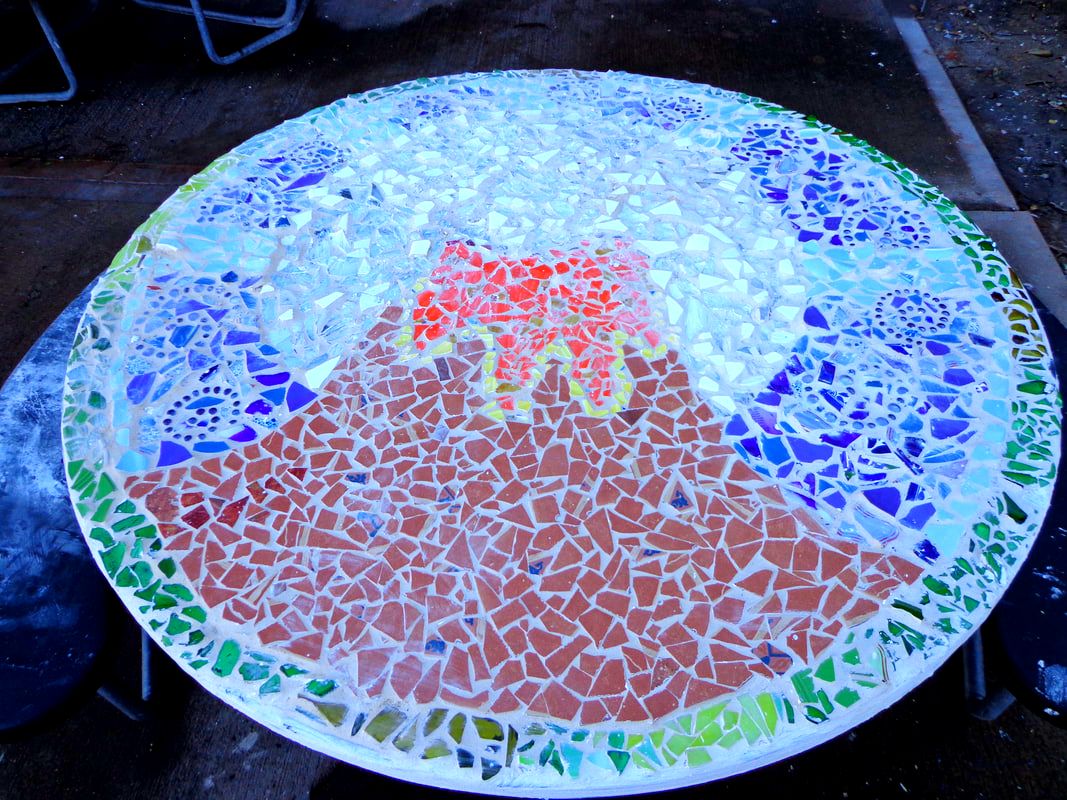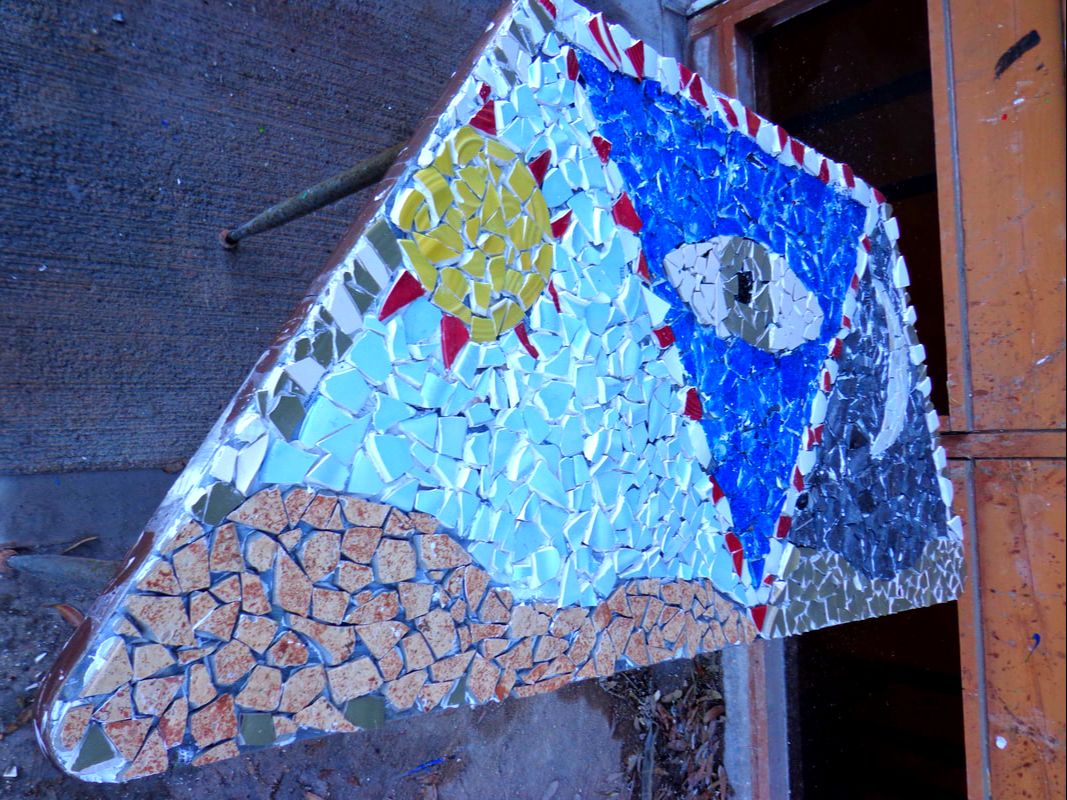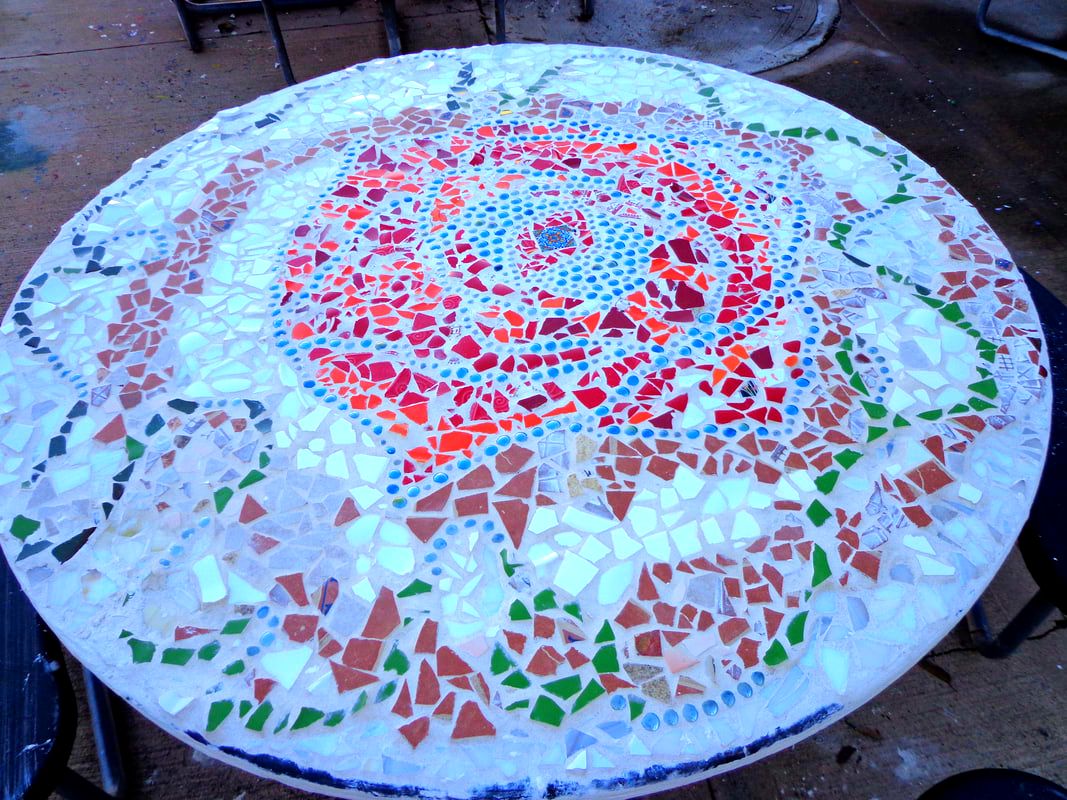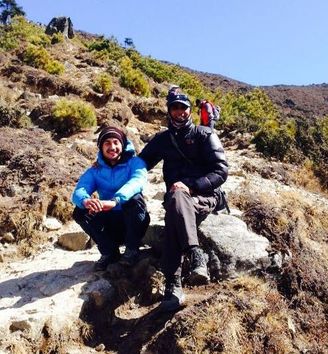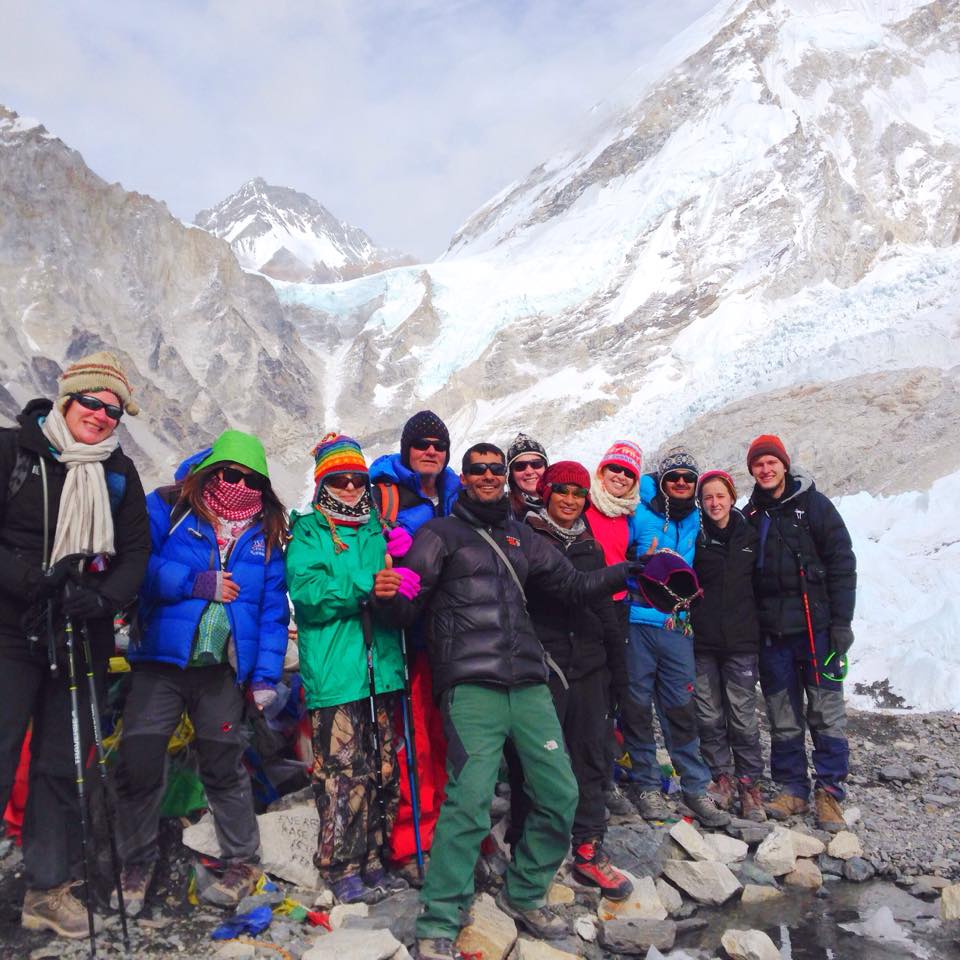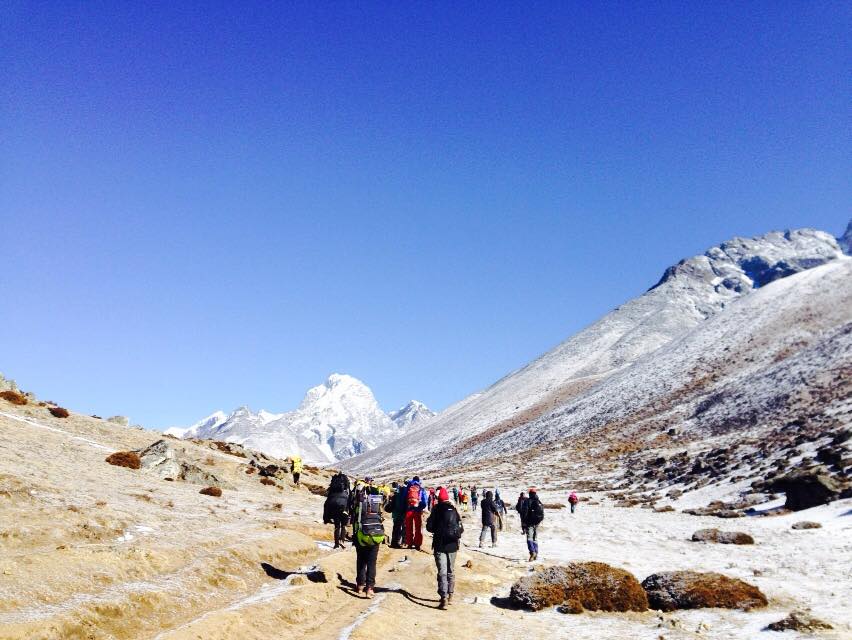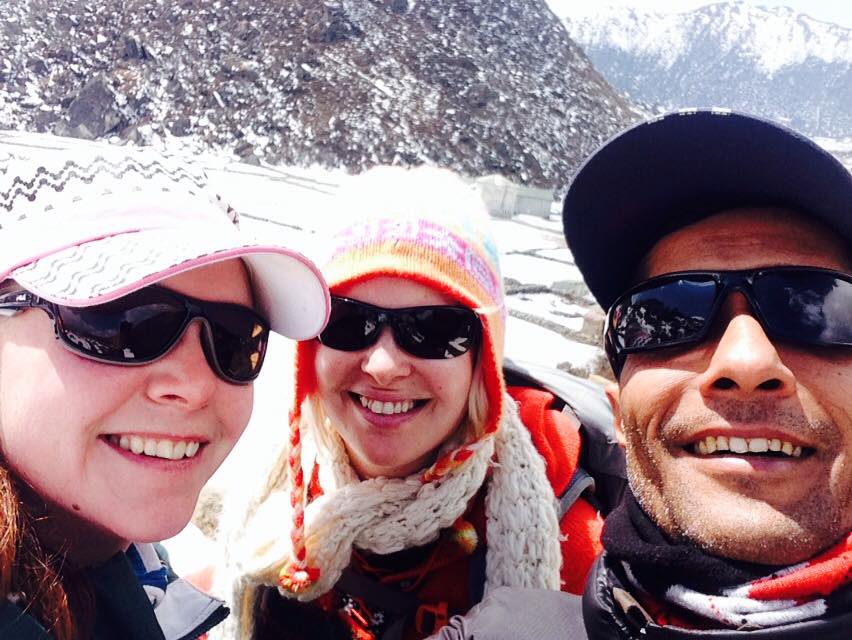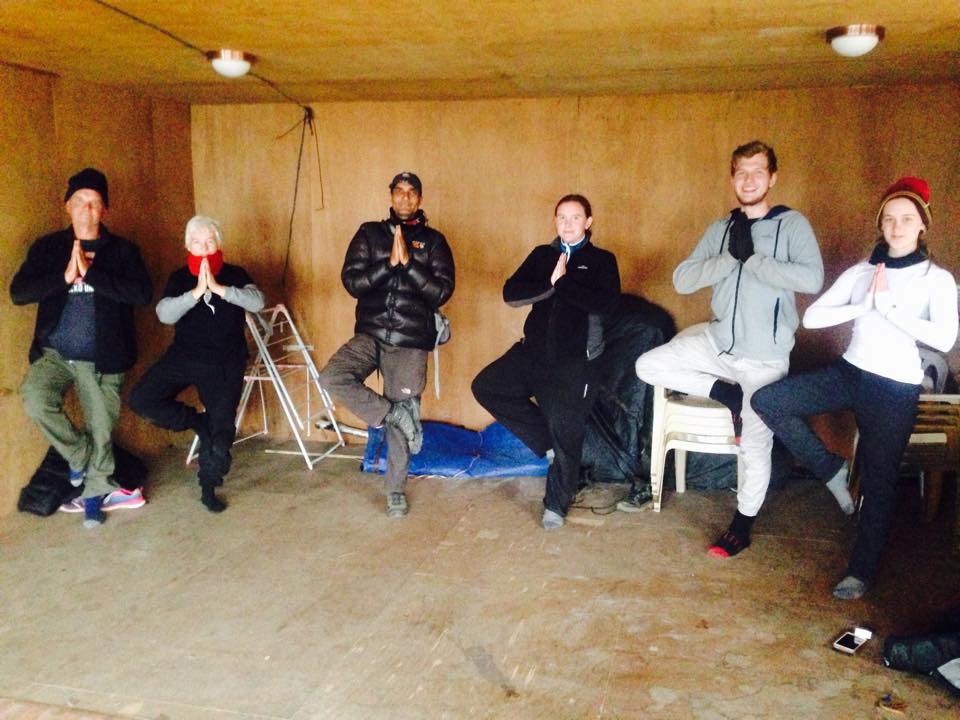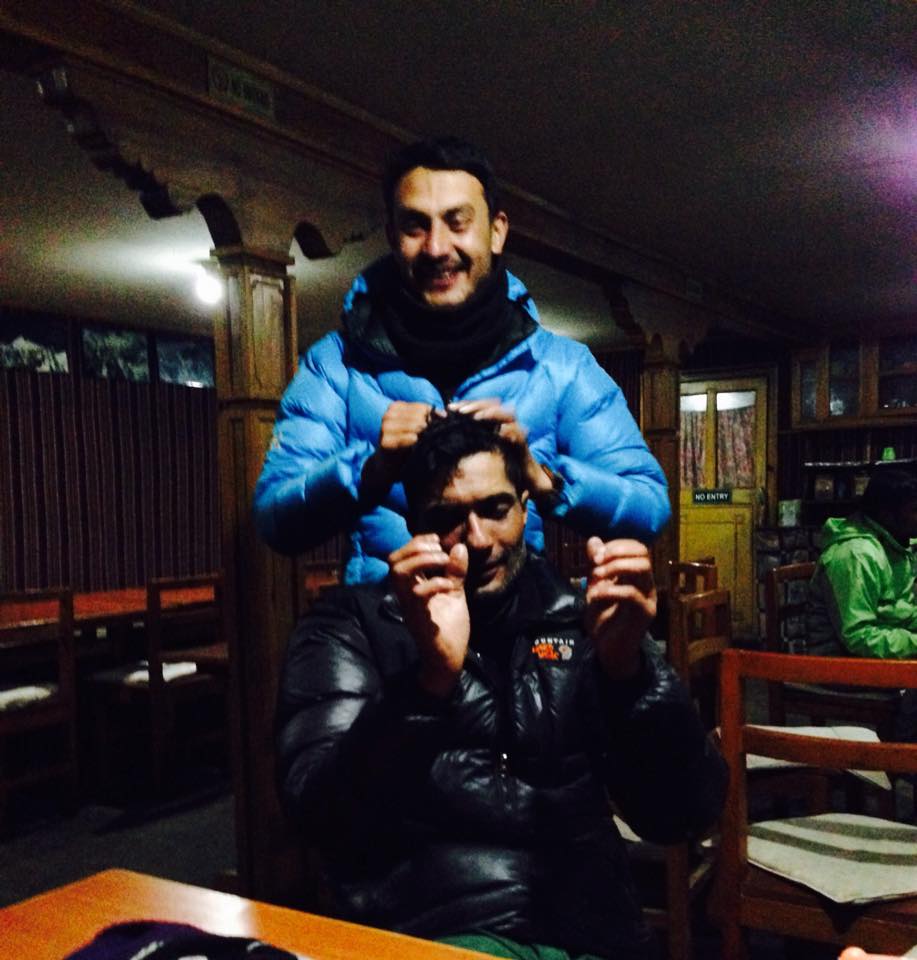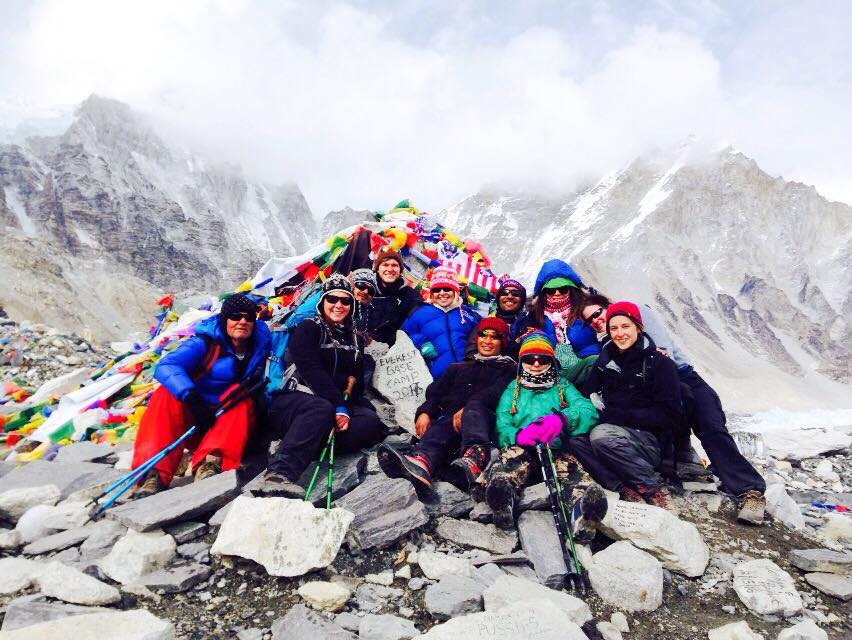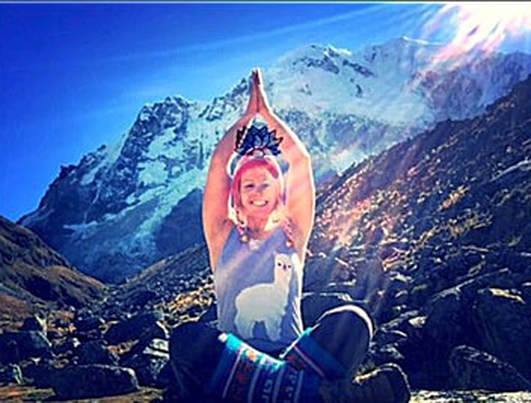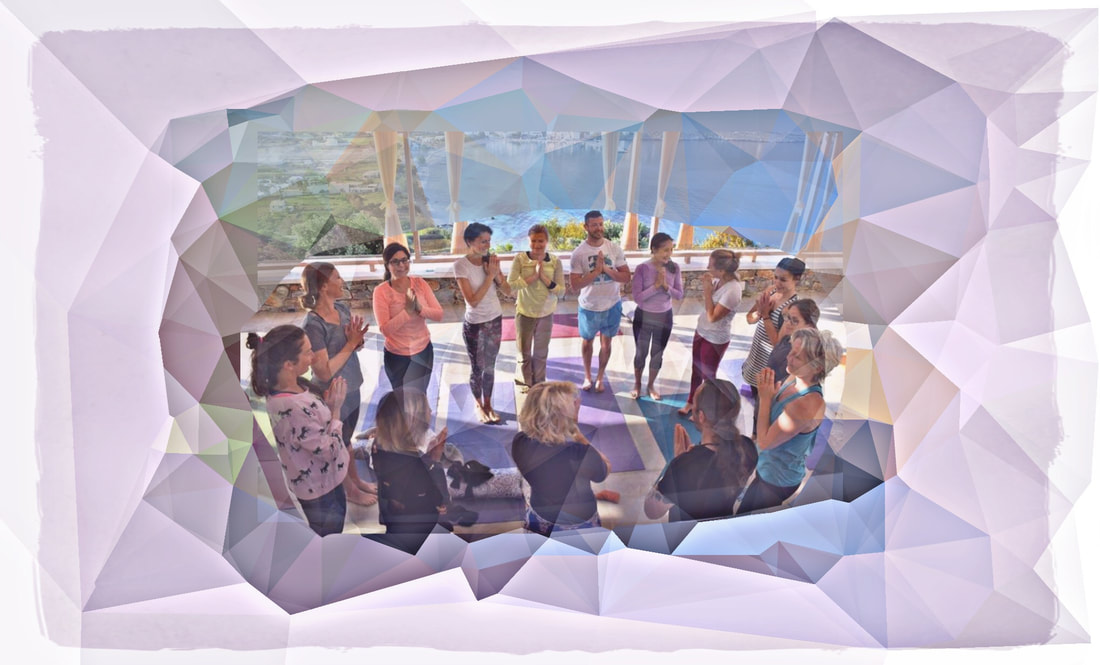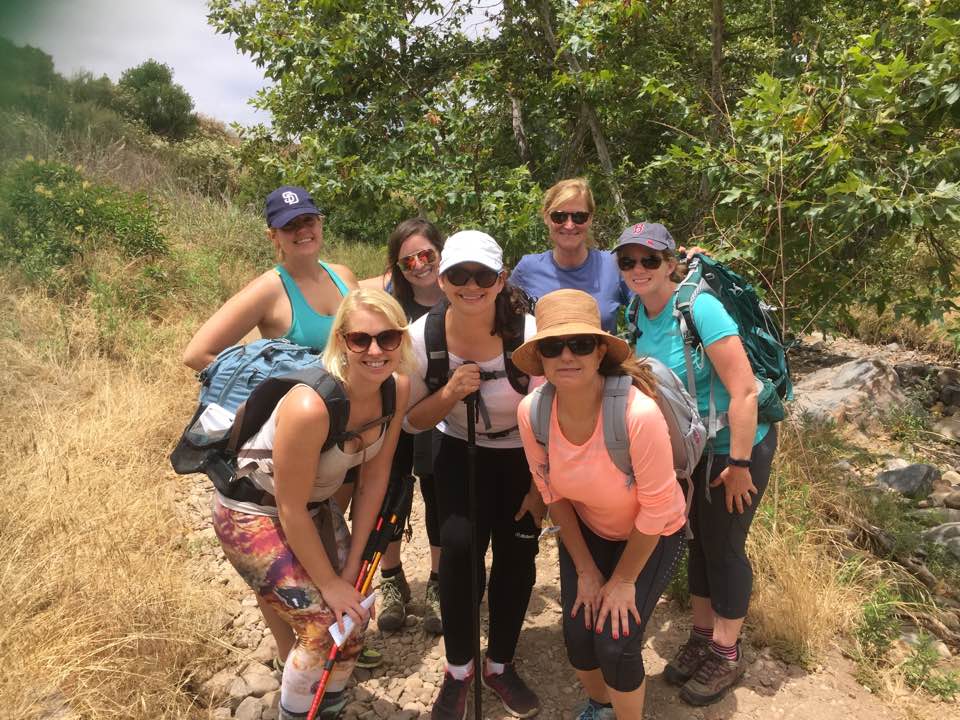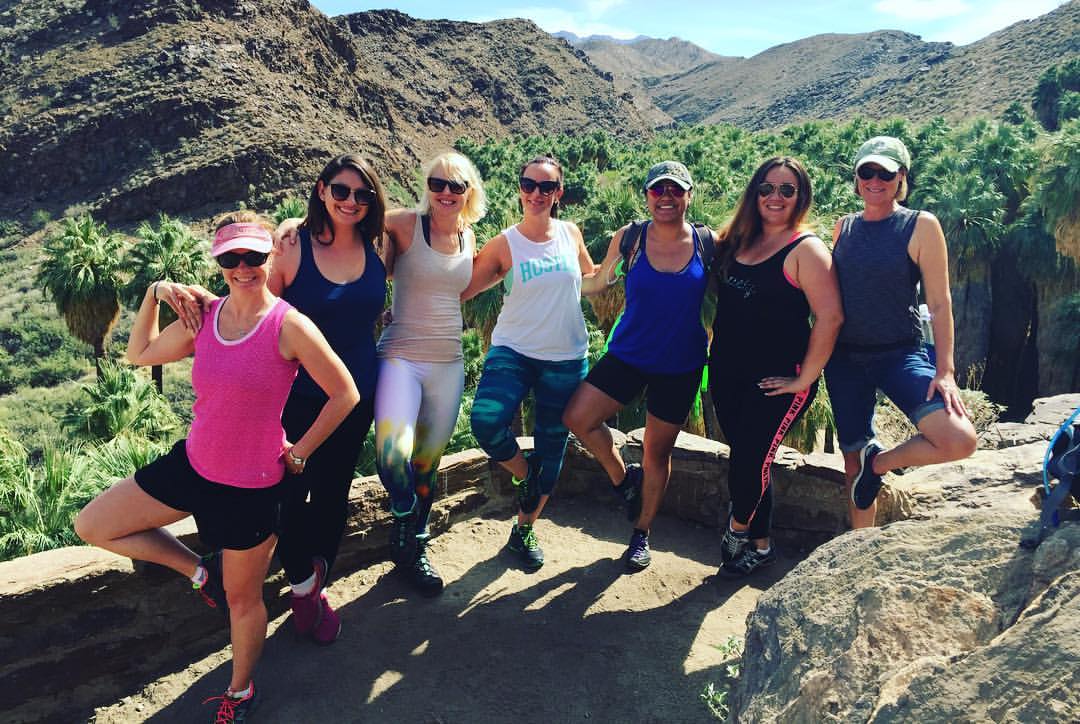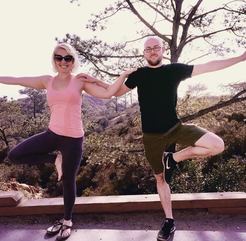Mosaic:
A combination of diverse elements forming a more or less coherent whole, perhaps as piece of art or picture produced by arranging together small pieces.
It is often used in decorative art or as interior decoration. Most mosaics are made of small, flat, pieces of stone or glass of different colors, known as tesserae.
A combination of diverse elements forming a more or less coherent whole, perhaps as piece of art or picture produced by arranging together small pieces.
It is often used in decorative art or as interior decoration. Most mosaics are made of small, flat, pieces of stone or glass of different colors, known as tesserae.
The concept of decorating with small pieces, mosaics, can be traced back in history to temple buildings in Ancient Mesopotamia during the second half of the 3rd millennium BC. They consisted of pieces of colored stones, shells and ivory. However, it was the Greeks, in the fourth century BC, who raised the pebble technique to an art form, with precise geometric patterns. The Romans elaborated with detailed scenes of people and animals that have been preserved in places like Pompei and Herculaneum.
| Ancient Mesopotamian Mosaic Photo Credit: Encyclopedia Britanica | Ancient Greek Mosaic Photo Credit: The Vibes |
Roman Mosaic of Pompeii
Photo Credit: Mozaic Artistic
Photo Credit: Mozaic Artistic
The first great religious building of Islam, the Dome of the Rock in Jerusalem, which was built between 688-692 CE, was decorated with glass mosaics, both inside and outside. The rich floral motifs follow Byzantine traditions, and are Islamic in the sense that the motifs do not include representation of men or animals. Likewise, the Dome and California Tower of the Museum of Man are decorated with colored tiles representing the sun, sky, and stars.
I'll be teaching Monsters Themed Yoga
under this dome at this
Museum of Man in San Diego
on October 28 at 8:30am.
under this dome at this
Museum of Man in San Diego
on October 28 at 8:30am.
In the same way through Contemporary Art, sculptures come to life through mosaics at Balboa Park and Waterfront Park in San Diego by the world-famous artist Niki de Saint Phalle. She was one of the few women artists widely known for monumental sculpture. By 1964, she was calling her artistic expressions of the everywoman, Nanas, after a French slang word that is roughly equivalent to "chick." She started making life-size dolls of women, such as brides and mothers giving birth, and even monsters.
Saint Phalle moved from Paris to La Jolla, California in 1994 for health reasons. She set up a new studio, and produced sculptures which were covered with mirrors, glass, and polished stones. In her new workspace, she started to explore novel technologies for designing and creating artwork. She also became an active member of the San Diego arts scene, participating in fund-raisers and exhibitions.
Saint Phalle moved from Paris to La Jolla, California in 1994 for health reasons. She set up a new studio, and produced sculptures which were covered with mirrors, glass, and polished stones. In her new workspace, she started to explore novel technologies for designing and creating artwork. She also became an active member of the San Diego arts scene, participating in fund-raisers and exhibitions.
Snake-Head Monster Nana by Niki de Saint Phalle at Waterfront Park, San Diego
While teaching Sculpture at Torrey Pines High School, I introduced a mosaic project inspired by Saint Phalle and a visit to western Spain in 2012. In Barcelona, Antoni Gaudi is famous for his massive organic Art Nouveau cathedral called Sagrada Familia in Spain. This building comes to life with flora and fauna elements as well as an array of stunning shapes and colors of stained glass joined together in a mosaic. He also decorated winding benches and terraces with broken pieces of dishes and painted tiles in Parc Guell.
With permission from the Visual Arts Department, my students worked together in small groups to brighten up the outdoor patio. We designed colorful table tops and decorations for the outside wall. I asked my students to bring in old dishes and using appropriate safety precautions, we broke them and arranged the pieces by color. Taking all of the necessary steps, we sealed colorful designs into a what was a bland patio.
As a team, we became the mosaic. Each member had a vital role in the process and we developed a sense of trust and cooperation. These qualities are associated with our crown chakra of unity and wholeness. In our contemporary society, we usually value individuality and ability to be self-sufficient. While I definitely value my independence, I also strive to stay connected.
Likewise, before I booked my guided tour for the Everest Base Camp Trek in March 2017, I was considering doing the trek solo. I valued my extensive experience with trekking without a guide and group and I weighed the value in spending extra money for the group experience. Although I can enjoy a quiet day alone between meditation and my own thoughts, the idea of being alone for 13 uninterrupted days seemed a bit too much. I reasoned that I would appreciate learning more about the culture and it would be nice to have someone responsible for me, just in case I got altitude sickness, to guide me to a hospital or helicopter rescue. Yes, helicopter rescue is actually an industry here with 5% rescues. Before the helicopters were available, 2 out of every 100 people would die from lack of oxygen to the brain.
After scouring the internet many times to compare prices and read reviews, Mosaic Adventures sounded like the right match for me. I obviously connected with their name, Mosaic, historically representing an assemblage of many pieces or people coming together as one.
Mosaic Adventures was founded by people who began their working lives as porters and trekking guides. Hard work and determination has seen them realize their dream of joining together and forming tour company. This background and experience of guiding trekkers all over the Himalayas has given Mosaic unique insight into what people really want and need on an adventurous trip. They offer impeccable, friendly and personalized service for a trip of a life time.
After scouring the internet many times to compare prices and read reviews, Mosaic Adventures sounded like the right match for me. I obviously connected with their name, Mosaic, historically representing an assemblage of many pieces or people coming together as one.
Mosaic Adventures was founded by people who began their working lives as porters and trekking guides. Hard work and determination has seen them realize their dream of joining together and forming tour company. This background and experience of guiding trekkers all over the Himalayas has given Mosaic unique insight into what people really want and need on an adventurous trip. They offer impeccable, friendly and personalized service for a trip of a life time.
When I arrived at my hotel in Nepal, I met my roommate Zoe, an Australian scientist; traveling with her dad, Peter and his partner, Mandi. Also from Australia, Christian with his girlfriend, Caity. From the US, Rosena from New York, Katherine from Chicago, and Mimi from Los Angeles. The three from the US booked an extended tour, but since we were departing on the same day, March 12, 2017, Mosaic decided to combine the groups, so we got to travel with two of the best guides on the trail Bhavanath and Pravin.
Throughout the first few days we were busy with chatty introductions: where are you from, what do you do, what brought you here, etc. I supplied some playing cards and we each excitedly shared a game from our cultural upbringing. As the altitude got higher, the temperature cooler, and the trail more technically difficult, we began to reach out for help. We walked together throughout the trek, remaining in sight of the other members and stopping to take breaks to allow everyone to catch up. I believe this technique is what kept me from developing the sickness.
Christian and Katie offered conversations of spirituality and rocks, along with silly comments and expressed emotions. Zoe joined me on the optional excursions and pushed me to go a little further. Katherine engaged in stimulating book discussions about mountain climbers that have lost their lives while Mimi and Rosena shared their own epic travel tales. Peter kept a steady pace while Mandi offered a some entertaining dancing and Buddhist philosophy. I offered a yoga class when we come across an open rooftop room in Namche Bazaar.
Luckily, I packed a pretty solid first aid kit with "just-in-case" items. Christian tore his glove, so I offered him my sewing kit. Rosena shoulders were struggling with the weight distribution of her backpack, so I showed her how to comfortably adjust the waist straps. Zoe's knee was throbbing, so I offered her some tiger balms patches. Mandi needed a safety pin and I had many. Mimi loft one glove, so I offered her my extra pair. The feeling of helping others is so much more rewarding than just helping yourself.
When I was physically and emotionally exhausted after reaching base camp, Pravin offered to carry my backpack. When we were feeling headaches, BN massaged our head and neck in a special Nepali style. This ritual stimulated a profound sense of connectivity again into the flow of blood into our cells.
When I was physically and emotionally exhausted after reaching base camp, Pravin offered to carry my backpack. When we were feeling headaches, BN massaged our head and neck in a special Nepali style. This ritual stimulated a profound sense of connectivity again into the flow of blood into our cells.
In this silly photo, Pravin is trying to imitate Bhavanath's amazing massages.
We look like a Mosaic in this epic EBC photo
In yoga philosophy, the energy center that rests at the top of our head is our Crown Chakra. This circular space represents our connections to the divine in all things. Therefore, this action of massaging our heads produced a joyful unification among the group. We were bonded on this extremely challenging trek of negative temperatures, sharp terrain, and thin air.
Circular Connectivity of our Crown Chakra Energy
Come together with me on a Spiritual Trekking Adventure, the Meditative Yoga Pilgrimage, in northern Spain, summer of 2018 on the Camino de Santiago.
The Early Bird Discount ends soon, October 31st, so make your deposit today to lock in the special price and save your space!
The Early Bird Discount ends soon, October 31st, so make your deposit today to lock in the special price and save your space!
